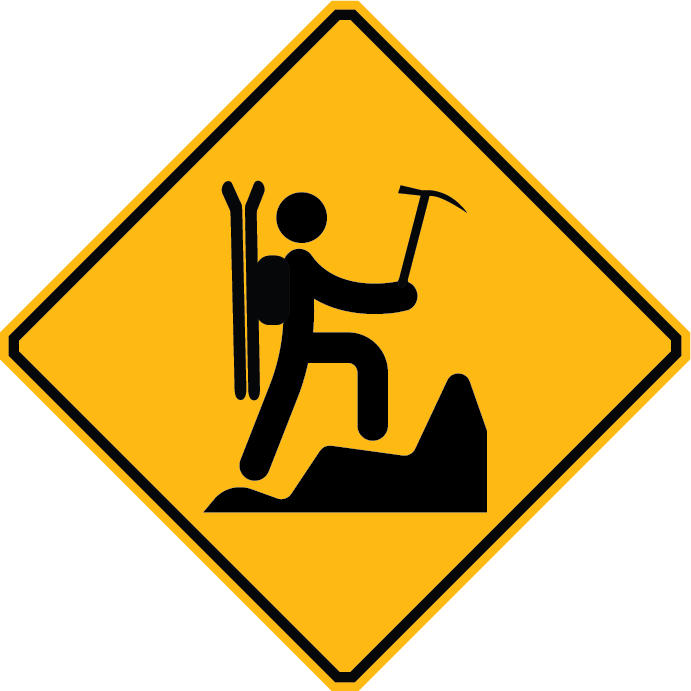We use the “D System” to describe several factors for the Front Range ski mountaineer to consider when thinking about a route. The D System is comprised of three parts and is fully described on Lou Dawson’s Wild Snow website. Please refer to the Wild Snow website for a description of the D System, and further dialogue on how it is used. Our website describes the D System in the context of other information provided on our “How to Use This Website” page.
In some ways we are challenged with the D System. It is hard to place an assignment on a ski descent that is a constantly transforming medium. As Lou Dawson indicates on his website, we are trying to use this to show the normal difficulty, hazard, and commitment found during the time when the route is most likely to be skied. For the Front Range that is between late April and the end of June, with a few exceptions. We snowboarded the Dead Dog Couloir in June during the drought year of 2002 and found it to be far more difficult than D12 rating it frequently gets. There were steep runnels throughout the chute and it was steeper than normal. This is certainly not the normal conditions for the route.
The Dead Dog Couloir is a good example of a Front Range route that is skied so frequently that most agree on the D12 rating. It could be D11. It could be D13. The Front Range ski mountaineering community is honing in on D12 due to this route being known to many. On this website we describe many routes that are not frequently skied. If you feel that a route should be rated harder or easier please let us know. We expect to true these ratings with user feedback over time.
Our biggest challenge is using the “Risk” scale. The Risk Scale is not used frequently on this website. This website considers every ski ascent and descent to be inherently risky. These objective hazards are encountered on every ski descent in this website, and these hazards can vary by season. Fundamentally, all of the routes described in this website are dangerous and are at minimum R1 on the risk scale. Because these routes are all subjected to some form of objective hazard, we reserve the R rating for routes that require a risk rating that is more significant than the normal risks encountered (R1).
We find the use of the D System by many Front Range ski mountaineers so we will use this system for now. The goal here is to give you a sense of how challenging the route is in relation to others, and this is another piece of information to be used in your toolbox. Don’t let the D System assignment replace your assessment of conditions. You, your companions, and Mother Nature will dictate how challenging the route really is.
